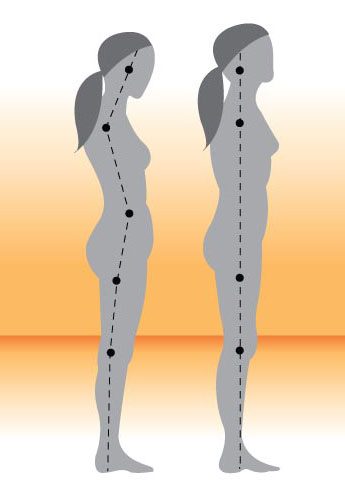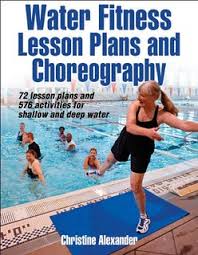I suppose my classes sometimes get tired of hearing all my cues for good posture, good alignment, good form. After all, the main thing is that they are moving, right? Well, yes and no. Moving is definitely better than being sedentary. But the quality of movement is important too. The terms good posture, good alignment and good form all mean that the spine is aligned in its natural curves.
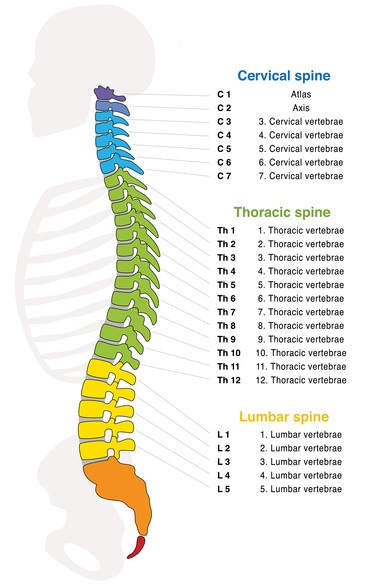
When the spine is aligned, the bones are evenly spaced and the discs between the bones are not pinched in any way. Our spines are designed to be able to bend forward (forward flexion) or to the side (lateral flexion), but during exercise it is important to have the spine in alignment. This places the least amount of strain on the supporting muscles and ligaments. It allows us to use our muscles correctly so that we can increase intensity without risking an injury. Good form prevents muscle strain, overuse disorders and back pain. Keeping the bones and joints in correct alignment decreases the abnormal wearing of joint surfaces that could result in degenerative arthritis and joint pain.
If we exercise with poor posture we create muscle memory that makes poor posture feel normal and good posture becomes harder to achieve. No one intentionally wants to train for poor posture! Let’s take a look at some examples of common mistakes in alignment during water exercise.

This is the classic image of good form/bad form in deep-water running. The runner on the right (with the big red X) is leaning forward, streamlining his body so that the water hits his chest and slides down his abdomen. He can travel faster than the runner on the left who presents a larger surface area to the water’s resistance, which is probably why so many people adopt this form. But the front part of the discs in his spine are compressed and he is causing abnormal wear of his joint surfaces. The runner on the left is able to work harder, run with more power, without risk of an injury.
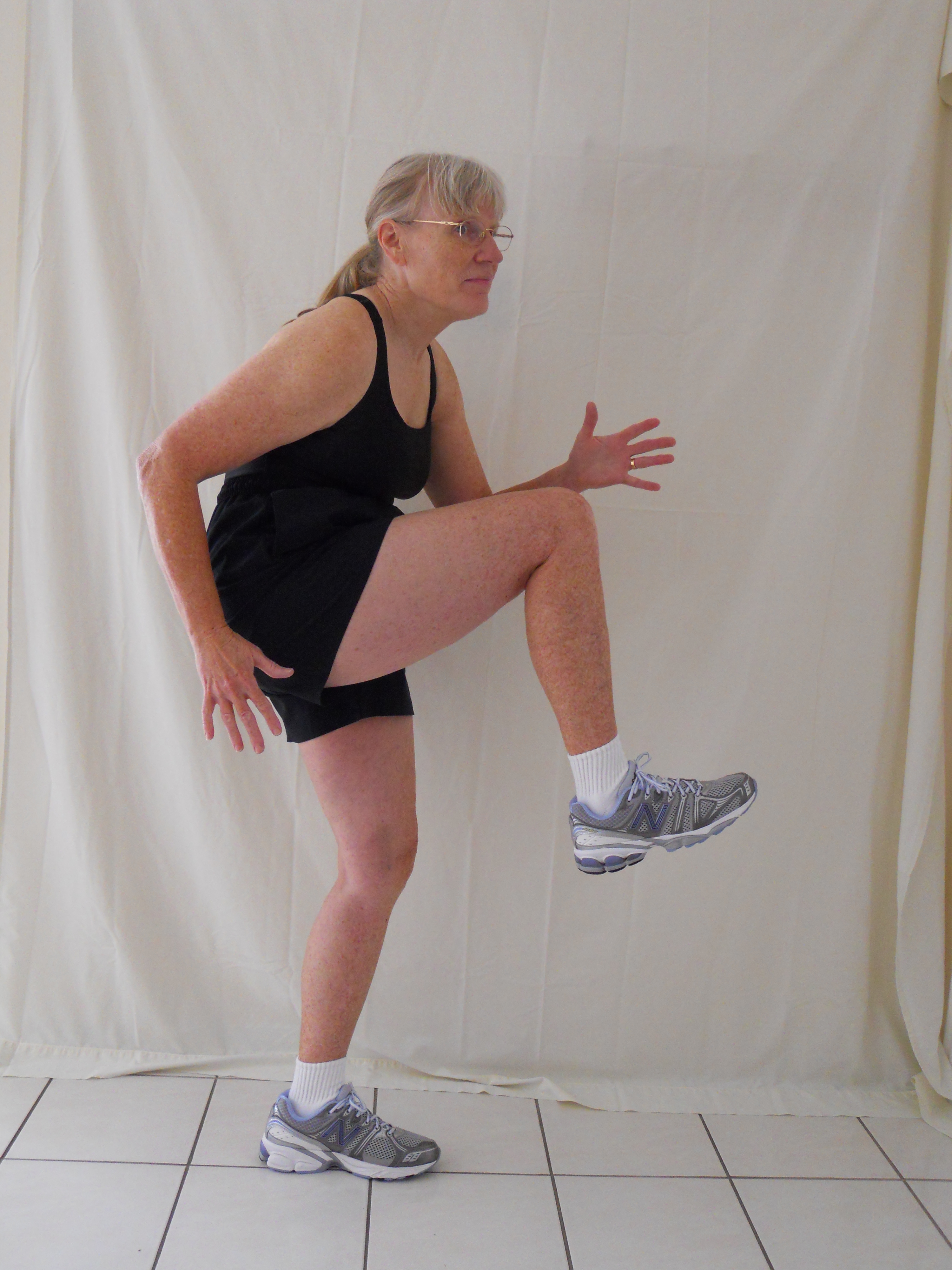
In this photo I am demonstrating another common running mistake, bringing the knees up too high. People who adopt this form are usually trying to increase intensity. But the spine is out of neutral and the high knees risk aggravating the sciatic nerve. Bring the upper leg up no higher than parallel to the floor. Another running mistake is bobbing from side to side. It may feel like you are working harder because there is so much movement going on, but you are compressing the sides of the discs. The best way to increase intensity is to maintain the entire trunk in neutral alignment and add power to the movement of the arms and legs.
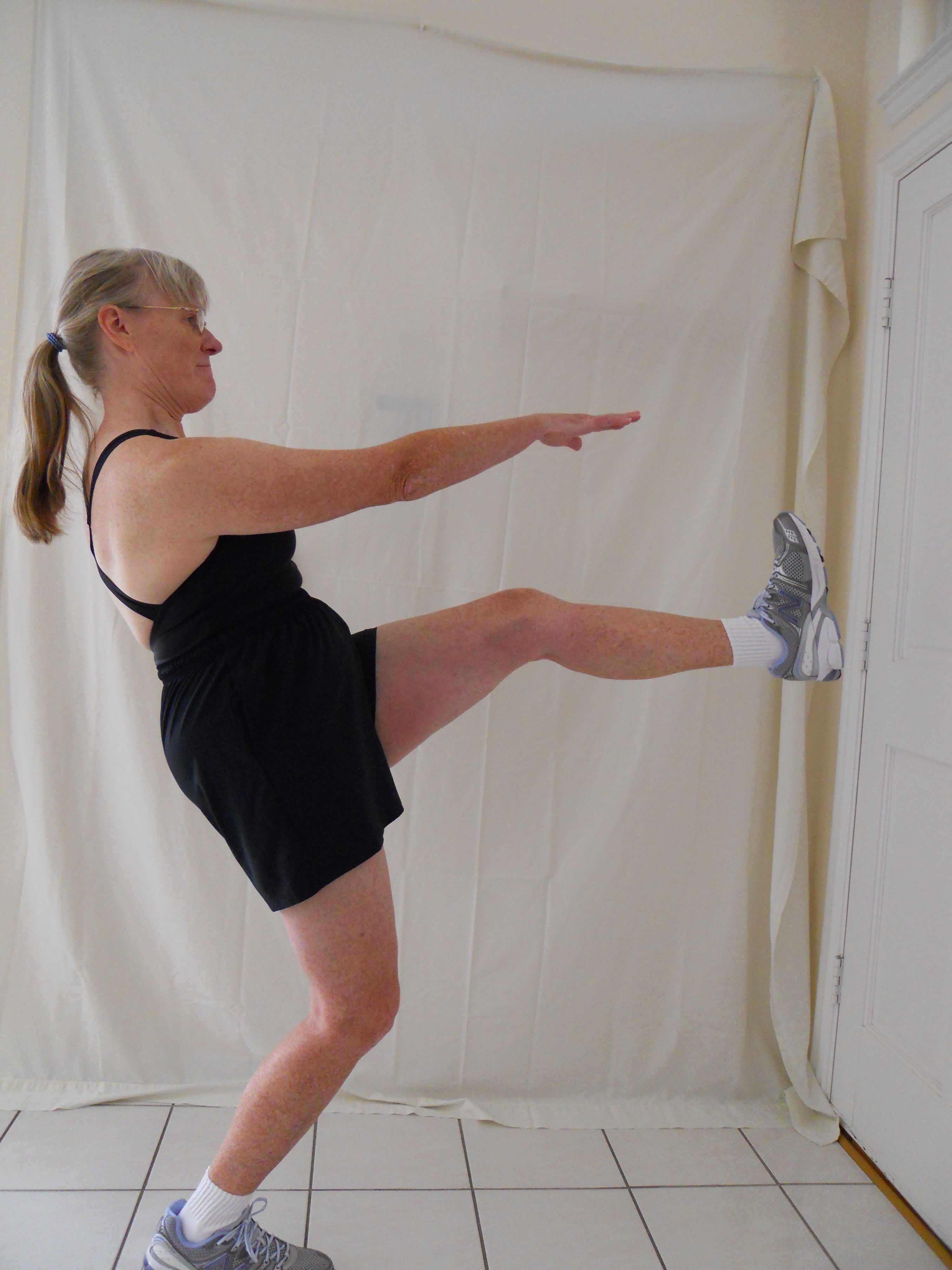
Another mistake is trying to get the leg up too high in a high kick. You are aiming for your full range of motion in this exercise, but you do not want to push it beyond normal. If you try to get your toes out of the water you end up arching your back and taking your spine out of neutral.
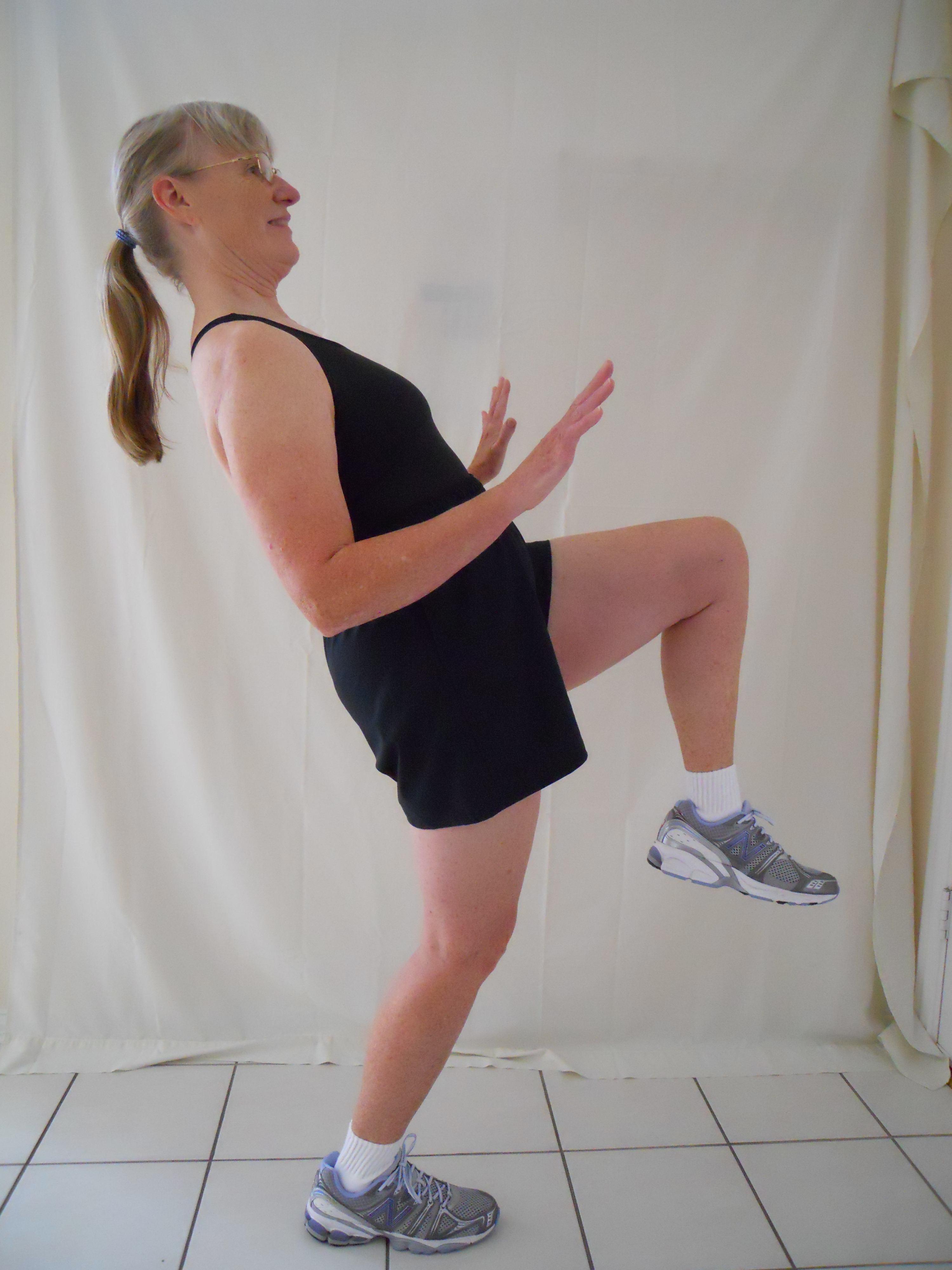
Another exercise that is often performed with an arched back is the rocking horse in shallow water. The exerciser should rock from the back foot to the front foot without taking the spine out of neutral alignment. Arching the back is not a safe way to increase intensity.
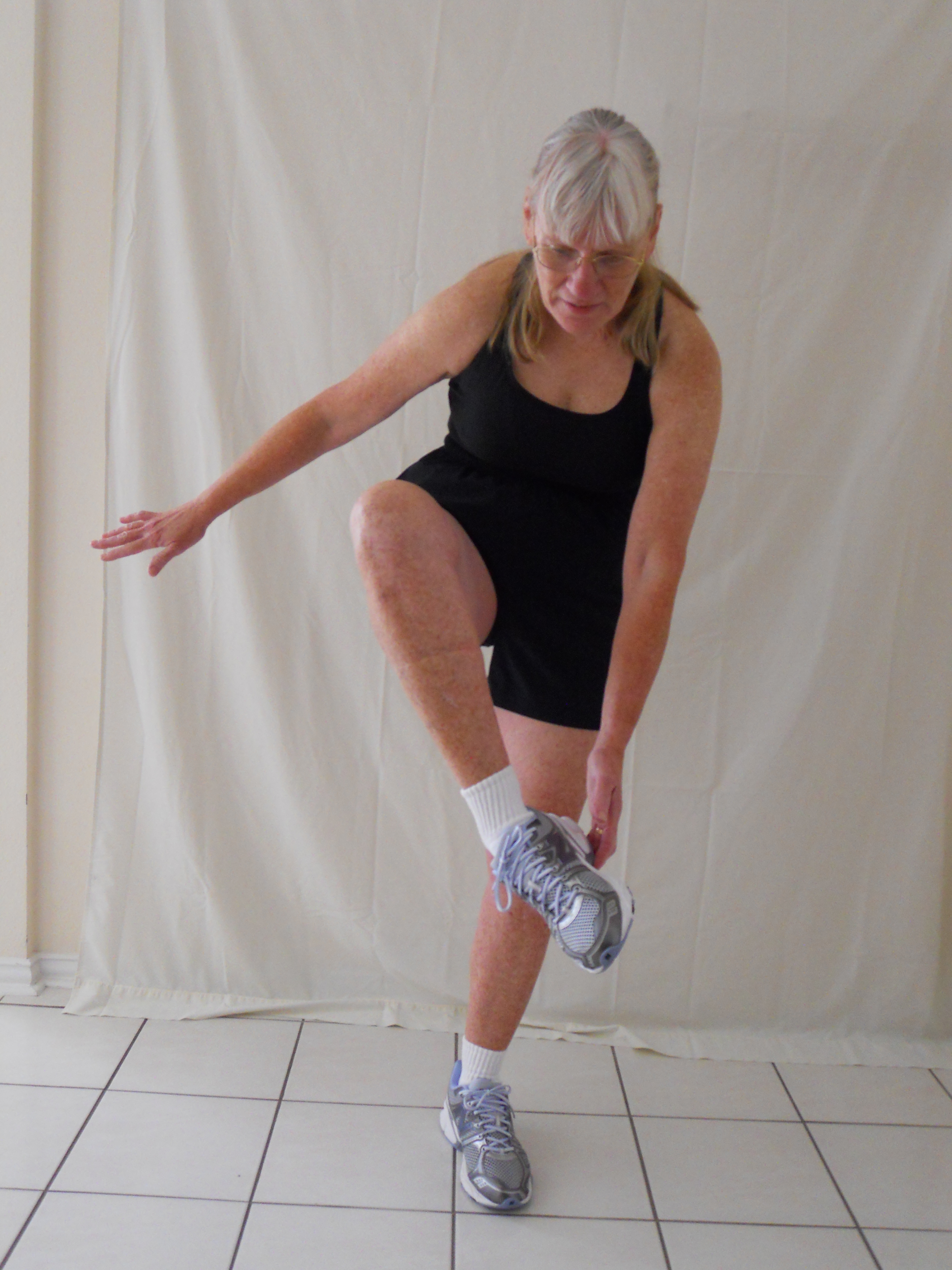

Mistakes are often made while performing the inner thigh lift and hopscotch. The exerciser tries to touch the ankle during the first exercise and the heel during the second one. If you can do that while maintaining neutral alignment, great! But if you have to bend forward to reach the ankle or lean to the side to reach the heel, then you are straining the muscles of the back. It is more important to keep the shoulders level. The purpose of the inner thigh lift is to work on hip flexibility and the purpose of the hopscotch is to work the hamstrings, and both objectives can be achieved without touching the ankle or the heel.
These are pictures of what not to do. For photos of the correct way to perform the exercises, see my books, Water Fitness Lesson Plans and Choreography and Water Fitness Progressions.
See you in the pool!

Chris Alexander

